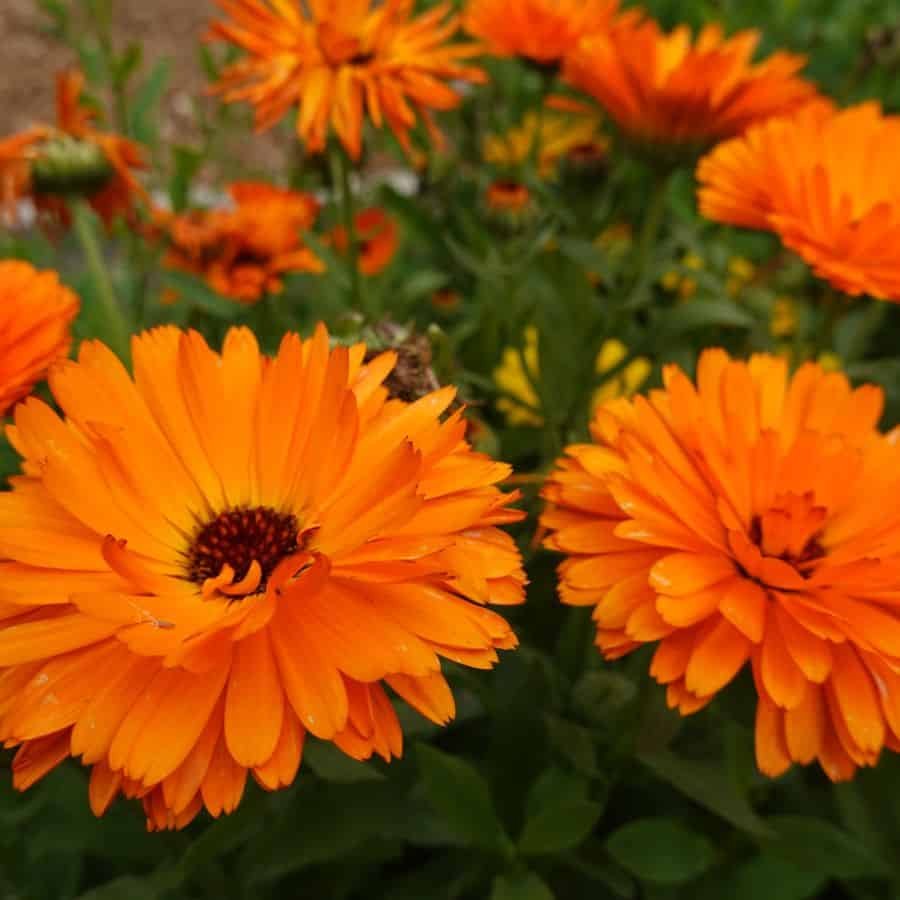Imagine having a garden that replants itself while you relax. It’s not a fantasy – it’s what happens when you grow self-seeding flowers.
When my mom first told me about these plants, I realized how much time I’d wasted replanting the same flowers every year. These flowers drop their seeds and come back on their own, freeing up your weekends.
How Self-Seeding Flowers Work
Self-seeding flowers drop seeds at the end of their bloom cycle and return year after year without much effort from you. The average gardener spends 5-10 hours per season just replanting annuals.
What surprised me most is that these flowers often do better when you’re a bit hands-off.

They’ve evolved to grow without much human help. Think of them as the independent teenagers of the plant world. They just need a little space to do their thing.
How to Help Your Garden Reseed
Want to encourage these plants to come back? Here’s what actually works:
• Stop deadheading everything. Let those seed heads mature and drop naturally (I know it seems backwards).
• Go easy on the mulch around reseeding areas. Seeds need to come into contact with soil to sprout.
• Avoid disturbing the soil near your self-seeders. Think of those seeds as needing undisturbed ground.
I was surprised to learn that over-tidying is the main reason self-seeding flowers fail to return. Those spent flower heads might look messy, but they’re actually next year’s garden.
11 Self-Seeding Flowers Worth Growing
1. Calendula: These bright orange and yellow blooms do well in cooler weather and reseed easily. Their petals are even edible, which is a nice bonus.
2. Nigella (Love-in-a-Mist): These delicate blue or white flowers produce decorative seed pods that ensure they return year after year.
3. Larkspur: These tall, spiky flowers in blues, purples, whites, and reds self-seed in early spring. They add nice vertical interest to your garden.
4. Poppies: With tissue-paper petals in reds, oranges, pinks, and whites, poppies are easy growers that reseed readily. Their seeds can remain viable in soil for up to 100 years.

5. Alyssum: These low-growing plants produce clouds of delicate flowers that smell sweet. They bloom for months and self-seed generously.
6. Cosmos: These daisy-like bloomers are garden survivors. They’ll even grow in poor soil where other flowers struggle.
7. Coreopsis: Not all varieties reseed heavily, but certain types of these sunny yellow flowers spread reliably. They’re perfect “filler” flowers that never need replacing.
8. Cornflowers: These classic blue wildflowers are pollinator magnets that spread easily. Your bees and butterflies will appreciate them.
9. Black-Eyed Susan: With their sunflower-like appearance (yellow petals with dark centers), these favorites reseed enthusiastically and attract bees that help your entire garden.
10. Verbena Bonariensis: Tall and airy with pink and lavender blooms, these self-seed well in warm conditions. They create a nice floating effect that adds dimension to any garden.
11. Cleome (Spider Flower): These tall plants have eye-catching pink or white blooms. They self-seed so generously you might need to thin them out – which is a nice problem to have.
The Real Benefit of Self-Seeders
These flowers don’t just add continuous color. They save you time, money, and the work of replanting every season.


The difference between new and experienced gardeners often comes down to knowing which plants do the work for you. With these self-seeders, you’ll have a garden that looks full and healthy without constant replanting.
Ready to give it a try? Start with just 2-3 varieties from this list, give them space to drop their seeds, and watch what happens year after year.

